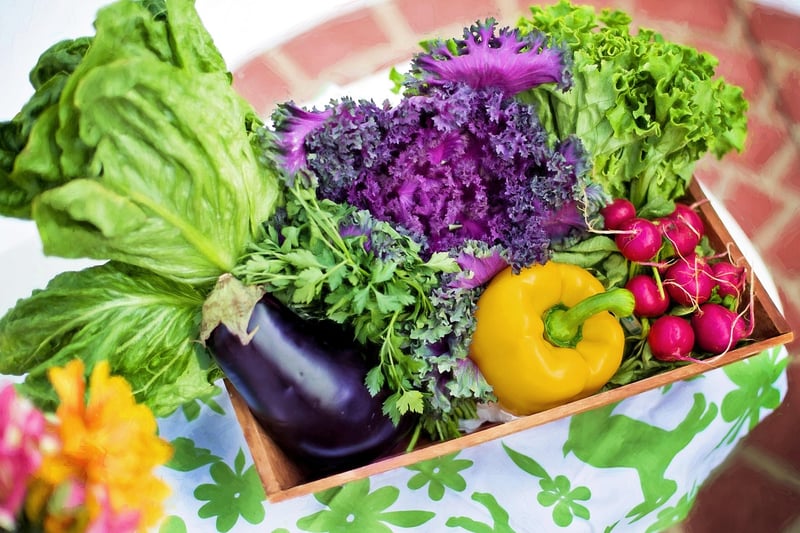Shared Gardens
The Power of Collaborative Growing Spaces and Shared Gardens

Shared gardens and collaborative growing spaces have been gaining popularity in recent years as people look for ways to connect with nature, their community, and promote sustainable living practices. These shared spaces not only provide a place to grow fresh produce but also foster a sense of belonging and cooperation among participants.
Benefits of Collaborative Growing Spaces:
- Community Bonding: Shared gardens bring people together, encouraging social interactions, and fostering a sense of community.
- Environmental Benefits: By growing food locally, these spaces reduce the carbon footprint associated with transportation and promote biodiversity.
- Learning Opportunities: Participants can learn from each other, share knowledge, and develop new skills related to gardening and sustainable practices.
- Health and Well-being: Gardening is known to have therapeutic benefits, reducing stress, anxiety, and promoting physical activity.
How to Get Involved:
If you're interested in joining or starting a shared garden in your community, here are a few steps to get you started:
- Find like-minded individuals who are interested in collaborating on a shared gardening project.
- Locate a suitable space for the garden – this could be a vacant lot, a rooftop, or even a few raised beds in a community area.
- Plan the garden layout, decide on what to plant, and establish guidelines for maintenance and harvesting.
- Divide responsibilities among participants and create a schedule for regular maintenance and watering.
- Celebrate your harvests together and enjoy the fruits of your labor!
Shared gardens and collaborative growing spaces offer a multitude of benefits for individuals and communities alike. By coming together to cultivate the land, we not only grow fresh produce but also cultivate relationships, skills, and a deeper connection to the natural world.
Are you ready to dig in and start your own shared garden?

